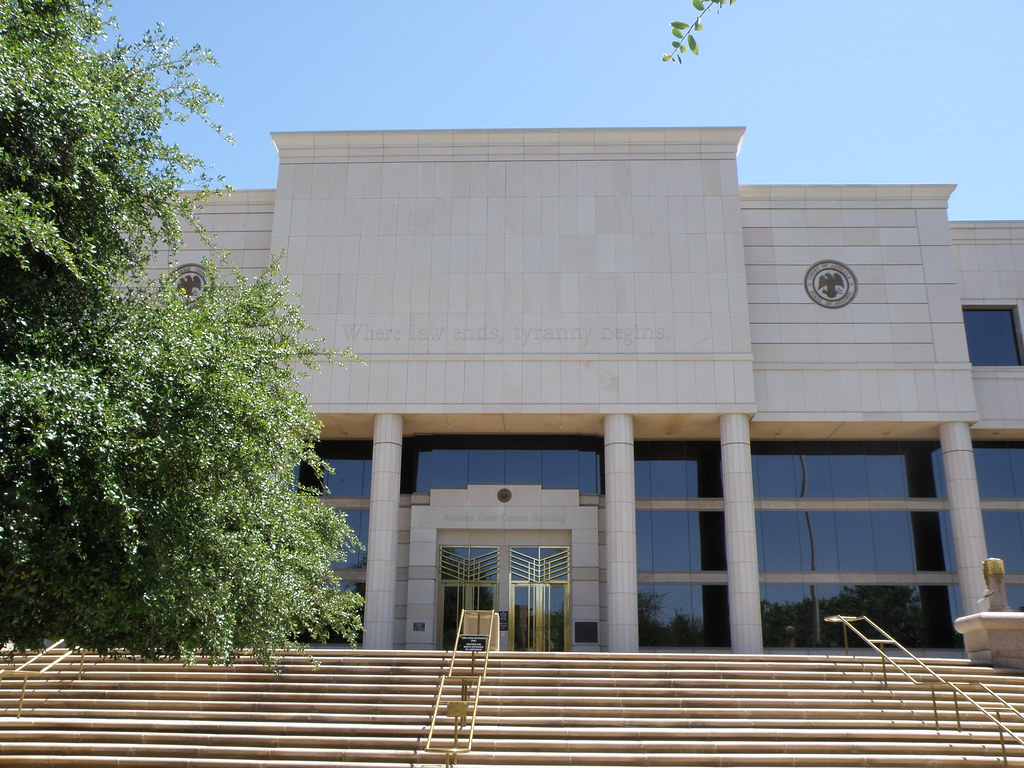By Emily Tegley.
Serving as a juror and jury selection are common plots in popular media. The legal thriller Runaway Jury, CBS television show Bull, and true crime anthology The People v. O.J. Simpson: American Crime Story, all dramatize jury selection and feature jury consultants who carefully assist lawyers in choosing jurors who will look favorably upon the lawyer’s case.
The reality of jury selection from a potential juror’s point of view is less exciting. A typical jury selection experience involves receiving a notice to appear, arriving and joining a crowded group of potential jurors, undergoing jury selections, likely disqualification and dismissal.
There are generally two methods through which potential jurors can be disqualified from serving on a jury. First, jurors can be dismissed for cause. This occurs when a lawyer asks a judge to dismiss a potential juror because the lawyer believes that juror is prejudiced towards their case. Alternatively, lawyers can dismiss jurors using a peremptory challenge. Peremptory challenges allow lawyers to dismiss jurors without stating the cause for dismissal.
Due to the Arizona Supreme Court’s recent amendments to the Rules of Criminal and Civil Procedure, starting January 1st, 2022, peremptory challenges will no longer be allowed. Lawyers in Arizona who want to remove a potential juror will have to rely on the judge dismissing a potential juror for cause.
History of Peremptory Challenges and Batson v. Kentucky:
The Sixth Amendment guarantees the right to a “speedy and public trial, by an impartial jury.” Additionally, the Fourteenth Amendment guarantees equal protection under the law. However, the history of jury selection is riddled with exclusion and discrimination. For example, all fifty states did not allow women to serve on juries until 1968.
While peremptory challenges normally may be used to dismiss jurors without stating the cause, in 1986, the Supreme Court limited how lawyers may use their peremptory challenges in Batson v. Kentucky. Batson involved a criminal defendant in Kentucky charged with burglary and receiving stolen goods. At trial, the prosecutor used his peremptory challenges to strike all five potential black jurors. After the defense attorney objected, the trial judge stated a lawyer could use a peremptory challenge to “strike anybody they want to.” At the Supreme Court, Justice Powell found that peremptory challenges “may be, and unfortunately at times ha[ve] been, used to discriminate against black jurors.” Subsequently, the Supreme Court ruled that excluding jurors solely because of race violates the Equal Protection Clause of the Fourteenth Amendment.
Despite the Batson ruling, prosecutors continue to receive criticism for using peremptory challenges to remove potential black jurors. In addition, one North Carolina study found peremptory challenges were used as a vehicle to establish a jury “less sympathetic to defendants of color.” Supporters of eliminating peremptory challenges argue eliminating peremptory challenges could help prevent discrimination. On the other hand, eliminating peremptory challenges eliminates the lawyer’s ability to remove potential jurors who may be biased against their client’s position, but not biased enough to be removed for cause.
Other State Approaches:
While the Arizona Supreme Court has eliminated peremptory challenges entirely, other state legislatures and courts take less drastic approaches.
In 2020, California passed Assembly Bill 3070, that prohibits parties from using peremptory challenges to “remove a prospective juror on the basis of the prospective juror’s race, ethnicity, gender, gender identity, sexual orientation, national origin, or religious affiliation, or the perceived membership of the prospective juror in any of those groups.” In addition, the California bill allows parties or the court to question the reason behind the peremptory challenge, and requires parties to state why they chose to use the peremptory challenge on a particular juror. Notably, some people in California do not think AB 3070 goes far enough and one lawmaker has already proposed California eliminate peremptory challenges in criminal cases altogether.
Similarly, in 2018, the Washington Supreme Court enacted General Rule 37, which allows a party or court to “object to the use of a peremptory challenge to raise the issue of improper bias,” and requires the party using the peremptory challenge to state why they are using the challenge on a potential juror.
Lastly, in 2019, Connecticut created a Jury Selection Task Force to consider how the state might eliminate racial bias from jury selection.
Conclusion
The Arizona Supreme Court has chosen a novel approach that completely eliminates a lawyer’s ability to use peremptory challenges. The impact of this approach on prosecutors, criminal defense attorneys, and criminal defendants remains to be seen. One thing is for sure, Arizona should be prepared to undergo intense scrutiny as the rest of the nation watches and analyzes Arizona’s experiment.

